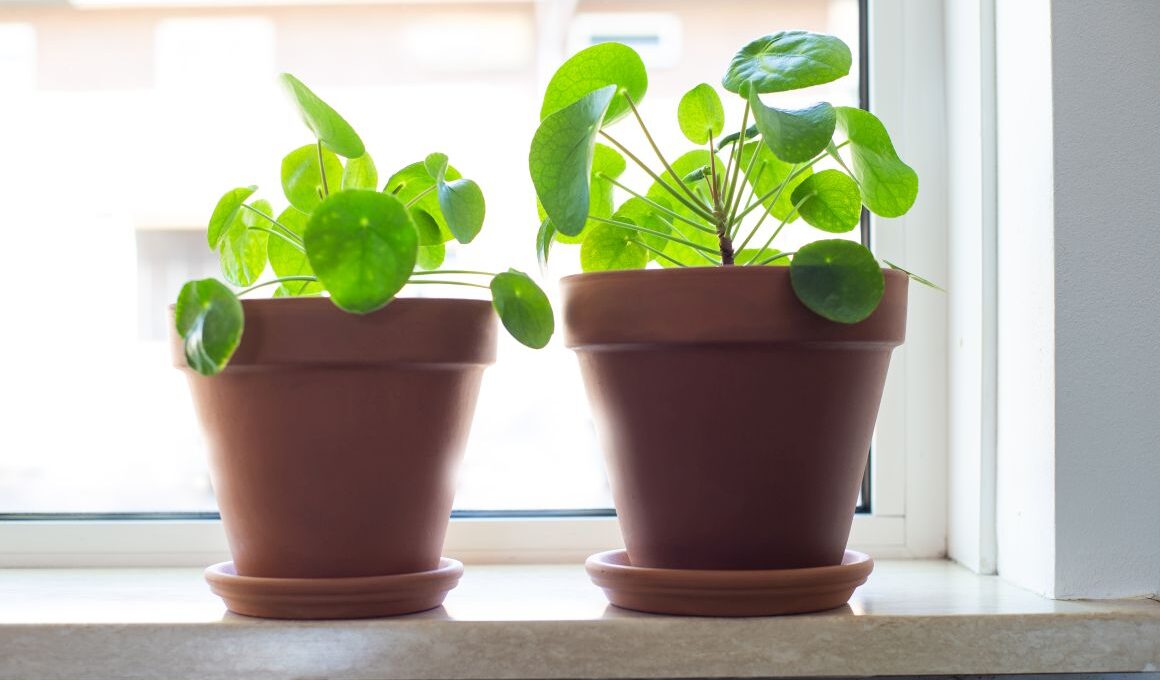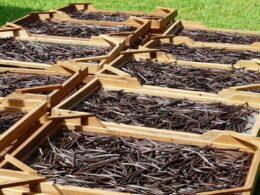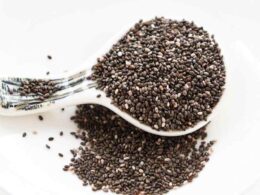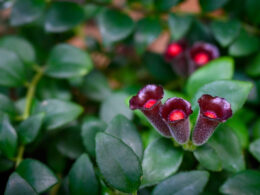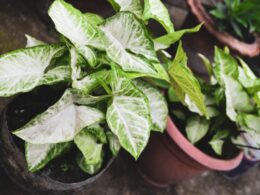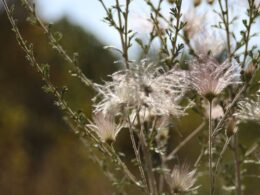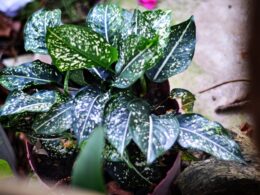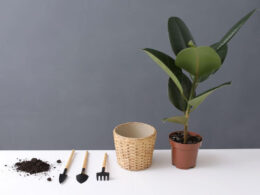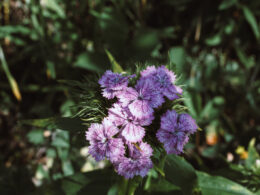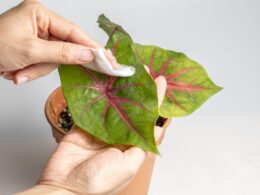If you’re looking for an interesting and easy-to-care-for houseplant, look no further than the Chinese money plant. This low-maintenance houseplant is said to bring good luck and fortune. Learn all about Chinese money plant care!
What Is a Chinese Money Plant? Common Names, Origin, and Appearance
Before we jump into the topic of Chinese money plant care, let’s introduce the plant. The Chinese money plant (Pilea peperomioides) is a perennial succulent native to southwestern Yunnan province in China. It grows in stony hills and rocky ravines at elevations of 1,600-2,400 meters. It’s also known as:
- pancake plant;
- pilea plant;
- UFO plant.
The Chinese money plant has round, fleshy leaves that grow in a rosette pattern. The leaves are green with white spots and measure up to 4 inches in diameter. The flowers are small and white, and they bloom in summer.
The Chinese money plant is grown as an ornamental plant and is commonly used in bonsai. Its common names might come from its round leaves, which resemble coins, pancakes or UFOs. It’s also said to bring good luck and prosperity.
Chinese Money Plant Care – Soil and Fertilizer
The Chinese money plant prefers a mix of 2:1 soil-based compost and perlite. It’s also important to ensure that the pot has drainage holes to prevent the roots from rotting. Fertilize your Chinese money plant every two weeks during the growing season with a half-strength solution of an all-purpose fertilizer. Be sure to flush the potting soil with water every few months to prevent the buildup of fertilizer salts.
Chinese Money Plant Care – Watering Requirements
Even though Chinese money plant care is easy, beginner gardeners can easily overdo it. Overwatering is the most common cause of death for Chinese money plants.
During the growing season, water your Chinese money plant when the top inch of soil has dried out. Reduce watering in winter, allowing the top two inches of soil to dry out between watering. Be sure to use lukewarm water, as the plant is sensitive to cold water.
Chinese Money Plant Care – Light Requirements
The Chinese money plant prefers bright light with some direct sun, but not all-day scorching sunlight. It will also tolerate low light conditions, but it will grow slower. If you live in a very sunny area, you can place your Chinese money plant in a spot that receives morning sun and indirect light in the afternoon.
Too much direct sunlight will cause the leaves to fade or develop brown spots. If your plant is growing in too much shade, it will become etiolated (stretched out and leggy). Remember, Chinese money plant care starts with putting your plant in the right spot.
Chinese Money Plant Care – Temperature and Humidity Needs
The Chinese money plant prefers average room temperatures of 65-75 degrees Fahrenheit. It will tolerate lower temperatures as long as they don’t fall below 55 degrees Fahrenheit.
If the temperature does dip below 55 degrees, the plant will go into dormancy and stop growing. The Chinese money plant is also sensitive to drafts, so be sure to keep it away from doors and windows during cold months.
As for humidity, the Chinese money plant prefers humid conditions (50% to 75% humidity) but will tolerate average indoor levels. You can increase the humidity around your plant by placing it on a pebble tray or using a humidifier.
Do You Need to Prune Chinese Money Plants?
Pruning isn’t a necessary part of Chinese money plant care, but you can trim it back if it becomes too leggy. To do this, simply cut the stem back to the desired length with a sharp knife or pruning shears.
How Do You Propagate Chinese Money Plants?
The Chinese money plant is easily propagated from the offsets or pups that readily form at its base. To begin propagation, simply remove the offset from the main plant and put it in an inch of water. When roots have formed, pot it up in its own pot. Be sure to use a well-drained potting mix and water as needed.
It’s also possible to propagate Chinese money plants from stem cuttings, but this method is more difficult and takes longer. To do this, cut a four-inch section of stem from the main plant with a sharp knife or pruning shears. Remove the lower leaves and dip the cutting in rooting hormone powder. Place the cutting in a well-drained potting mix and water as needed.
How Often Should You Repot Chinese Money Plants?
You should repot your Chinese money plant every one to two years, or when you see roots emerging from the bottom of the pot. Pot-bound plants will stop growing, so be sure to repot before this happens.
To repot, simply remove the plant from its current pot and place it in a new, slightly larger pot. Use a well-drained potting mix and water as needed.
Pests, Diseases and Other Problems with Chinese Money Plants
The Chinese money plant is relatively resistant to pests and diseases, but it can be susceptible to:
- mealybugs;
- spider mites;
- root rot.
Mealybugs are small white insects that suck the sap from plants. They can cause yellowing of the leaves and stunted growth. Spider mites are tiny spider-like creatures that feed on the leaves of plants. They can cause stippling (tiny dots) on the leaves, which eventually turn yellow and brown.
Root rot is a fungal disease that can be caused by overwatering or planting in poorly-drained soil. Symptoms include yellowing of the leaves, wilting and stunted growth.
Chinese Money Plant Toxicity
The Chinese money plant isn’t toxic to humans or animals. However, it can cause skin irritation in some people. If you experience any irritation, wash the affected area with soap and water.
Ready to Care for a Chinese Money Plant?
In conclusion, the Chinese money plant is a beautiful and easy-to-care-for plant that makes a great addition to any home. With proper care, it will thrive and produce offsets that you can use to propagate new plants.
Do you have more Chinese money plant care tips to share? Tell us in the comments below!





